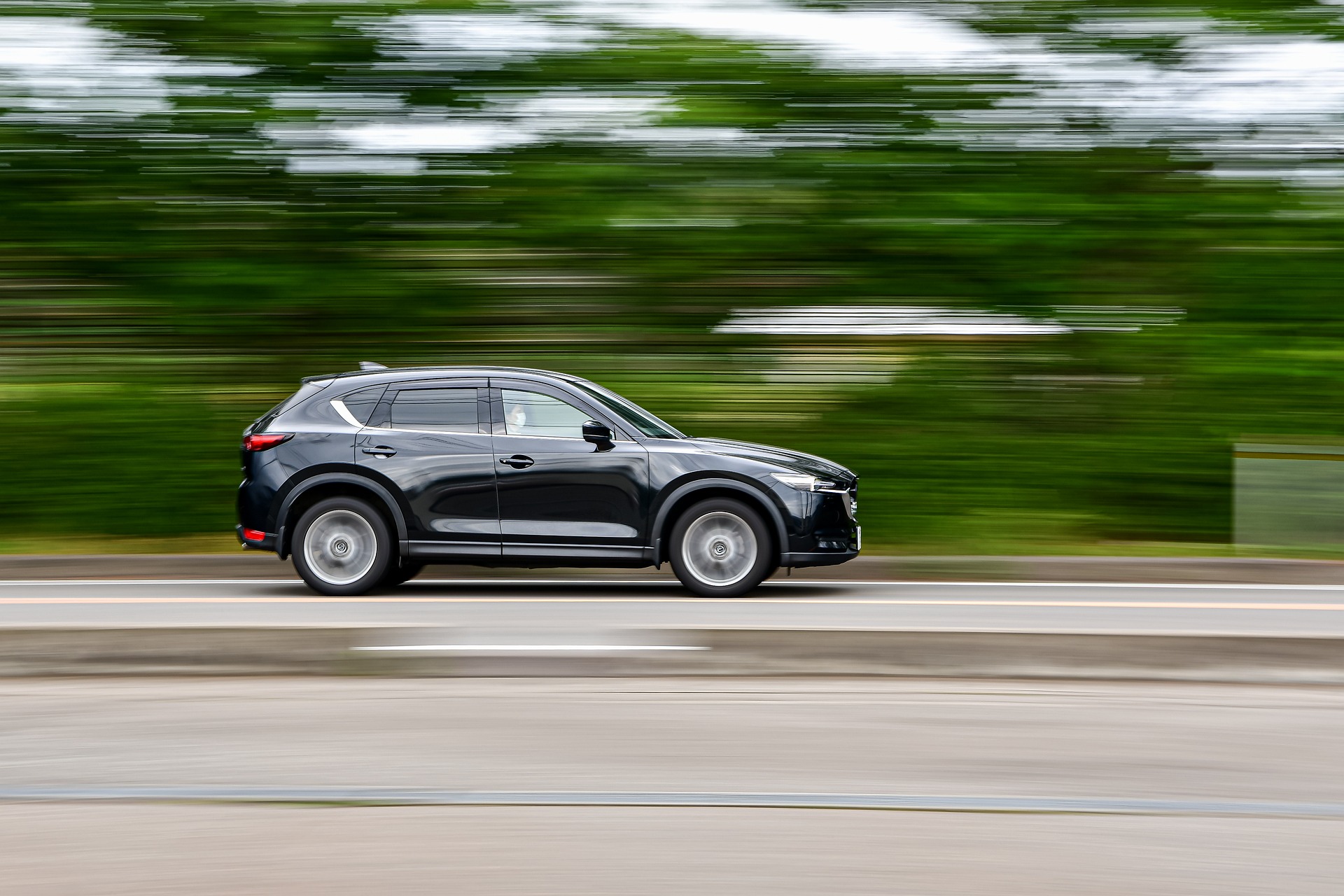Rediscovering the Charm of Classic Cars: A Journey through Time and Technology
Introduction: Journey with us as we explore the enduring allure of classic cars—unveiling their historical significance, technological milestones, and their timeless influence on the automotive world. Classic cars, often viewed as more than just vehicles, serve as a nostalgic reflection of the past. From the early days of the Ford Model T, the first mass-produced vehicle, to the iconic Chevrolet Bel Air of the 1950s, classic cars embody historical milestones and technological advancements of their era. They're windows into the past, revealing how society, design, and technology have evolved over the decades.

Chapter 2: Classic Cars and Technological Milestones
Though they lack the advanced tech features of modern vehicles, classic cars were once at the forefront of innovation. The 1912 Cadillac, for instance, was the first car to feature an electric starter, eliminating the need for hand cranking. The mid-20th century brought power steering and air conditioning, significantly enhancing driver comfort. These technological milestones, though common in today’s vehicles, were groundbreaking during their inception, paving the way for the auto industry’s evolution.
Chapter 3: Current Trends and Market Dynamics
Classic cars have become increasingly popular in recent years, with the market experiencing remarkable growth. This trend is driven by factors such as nostalgia, investment potential, and the simple pleasure of owning and driving these iconic vehicles. Furthermore, restoration projects are on the rise, breathing new life into classic cars and preserving their legacy for future generations.
Chapter 4: The Impact of Classic Cars on Modern Automotive Design
Classic cars continue to influence modern automotive design. Take, for example, the resurgence of muscle cars. Today’s Dodge Challenger and Ford Mustang echo their predecessors’ design cues, tapping into the nostalgia and emotional connection drivers have with these iconic models. The enduring appeal of classic cars underpins their ongoing impact on the automotive world.
Chapter 5: Embracing the Challenges and Rewards of Classic Car Ownership
Owning a classic car is not without its challenges. They often require more maintenance and may lack the fuel efficiency and safety features of modern vehicles. However, the rewards, including the visceral driving experience and the sense of nostalgia they evoke, often outweigh these drawbacks. Plus, they offer an opportunity to learn and understand the mechanical workings of an era when cars were simpler and more accessible to the hands-on owner.
In conclusion, classic cars are more than just a mode of transportation—they’re a testament to the automotive industry’s rich history and its technological evolution. Their timeless appeal continues to captivate enthusiasts, offering a unique driving experience that modern cars often can’t replicate. The journey into the world of classic cars is one of discovery, appreciation, and undeniable charm.




